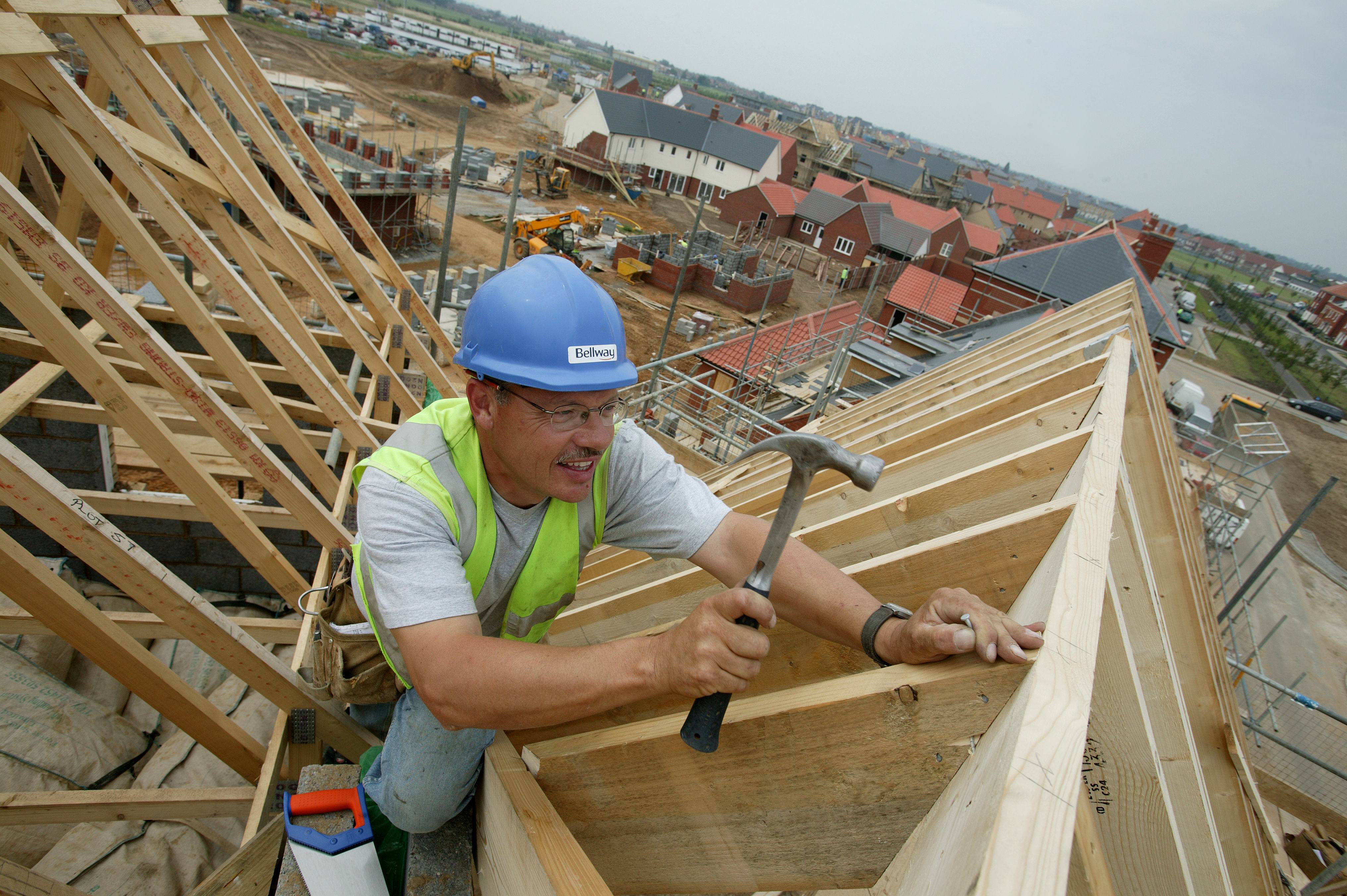Construction activity rises at fastest pace in two years

Growth in the UK construction sector gained momentum during May with activity and new business increasing at sharper rates than in April, according to the latest Purchasing
Managers’ Index (PMI) report.
Rising workloads prompted renewed expansions in purchasing activity and employment, while business confidence also strengthened. Supply-chain conditions continued to improve amid reports of good stock availability at vendors. This contributed to the pace of input cost inflation slowing to a marginal pace.
As such, the headline S&P Global UK Construction PMI posted above the 50.0 no-change mark for the third month running in May to signal a sustained expansion in activity midway through the second quarter of the year. Moreover, the index rose to 54.7 from 53.0 in April, pointing to a marked increase in activity that was the fastest for two years.
For the first time since May 2022, all three monitored categories saw activity increase during the month as housing activity returned to growth. The expansion in activity on residential projects was only marginal, however. The sharpest increase in activity was seen in the commercial category where the rate of growth accelerated to a two-year high. Meanwhile, civil engineering activity rose at a solid, but slightly softer pace.
According to respondents, the latest increase in total construction activity reflected sustained growth of new orders. New business rose for the fourth consecutive month, and at a solid pace that was the fastest for a year as demand conditions improved. In particular, firms linked higher new orders to the winning of new contracts and the commencement of previously delayed projects.
With new order growth sustained midway through the second quarter, construction firms increased employment for the first time in five months. Although only modest, the pace of job creation was the sharpest since last September.
A renewed increase in purchasing activity was also registered in May, again linked to improving workloads. The rise in input buying ended an eight-month sequence of decline.
Where companies purchased inputs, they once again experienced an improvement in vendor performance amid reports that stock holdings at suppliers were healthy. Furthermore, lead times shortened to the greatest extent in seven months.
With supply-chain conditions improving, companies noted only a marginal increase in input costs during May, with the rate of inflation the softest in the current five-month sequence of rising input prices.
Construction firms also signalled a marked improvement in the availability of sub-contractors in May, despite the largest expansion in their usage since April 2022. The rates charged by sub-contractors increased solidly, albeit at a pace that was weaker than the series average.
Further increases in new orders, in some cases linked to planned marketing campaigns, are set to support continued growth of construction activity over the next 12 months. Companies also hoped for an improvement in economic conditions and reduction in interest rates. Business confidence increased to a three-month high in May.
Andrew Harker, economics director at S&P Global Market Intelligence, said: “The UK construction sector looks to be building good momentum as we approach the middle of 2024, highlighted by activity increasing at the fastest pace in two years during May. Particularly pleasing was the broad-based nature of the rise in activity as work on housing projects increased for the first time in more than a year and a half.
“Firms are gearing up for further growth in the months ahead, posting renewed expansions in both employment and purchasing activity as workloads increase.
“Moreover, the supply-chain environment continued to improve in May. Companies were able to secure inputs much more quickly than in April and at prices that were only slightly higher than in the previous month on average. These factors should help constructors in their efforts to ramp up operations in line with greater new order inflows.”
Industry response
Jordan Smith, technical director at Thomas & Adamson, said: “The Construction PMI figures are encouraging, but there is a lot going on beneath the surface. We’re certainly beginning to see more stability and signs of future growth. However, the market is still challenging, with a number of projects either being paused, pushed out, or held at early design stages because of issues relating to cost, viability, and the level of returns on investment.
“Cost increases are stabilising, but they are still on the rise, driven by material shortages, a tight labour market, and limited supply chain capacity. Careful consideration towards cost management and the overall approach to projects remains key to mitigate risk.
“Mechanical and electrical services are still being particularly affected, with continued anticipated cost increases greater than other trades causing budgetary issues on a number of projects. This is largely due to material and labour shortages and limited capacity within specialist supply chain resources.
“Levels of activity are generally mixed across different sectors. Whilst we are seeing a lot happening in refurbishment, commercial fit out, and the public sector, for example, there are challenges identifying suitable sites for residential developments despite the strong levels of demand outweighing supply. Reductions to NHS budgets have hit the development of new facilities planned in the healthcare sector too.
“Nevertheless, looking ahead we are cautiously optimistic about the remainder of 2024.”
For Brian Smith, head of cost management at AECOM, the industry enters the summer with a sunnier disposition, as a consistent run of growth puts the sector on stable footing and the upcoming election fuels hopes of reinvigorated infrastructure investment.
He said: “With the UK economy back in the black, a full quarter of growth has put the construction sector on a more stable footing heading into the key summer months.
“There is further room for optimism as well. An early General Election reduces the risk of market inertia and will almost certainly embolden decision-making in the second half of the year. With the rate of inflation reducing back to normal levels, the prospect of falling interest rates should also breathe much-needed wind into the sails of housebuilders.
“That said, contractors will be hopeful of more concrete commitments to infrastructure investment within party manifestos before planning too far beyond the end of 2024.”
Michael Wynne, director of the sustainable housebuilder Q New Homes, added: “Housebuilding is finally coming out of the deep freeze. While it’s still lagging behind the rest of the construction industry, residential building has inched back into growth territory.
“But this is still a thaw rather than a rebound. After months of contraction, housebuilding output is only expanding slowly.
“Nevertheless the mood among housebuilders is improving, as the headwinds that held back our industry for so long begin to ease.
“Building cost inflation – which wiped out many smaller players’ profit margins during the dark days of 2023 – continues to soften.
“And while interest rates remain high, it’s now a question of when, not if, they come down. In time this will make it easier for developers to purchase land and build new homes, and make those homes more affordable for buyers.
“The prospect of a more builder-friendly Government, and a rationalisation of Britain’s dysfunctional planning system, is also putting a spring in the step of many builders – pushing confidence up to a three-month high in May.
“This is supposed to be summer, but many housebuilders are just glad to be emerging from a long and dark winter.”





















